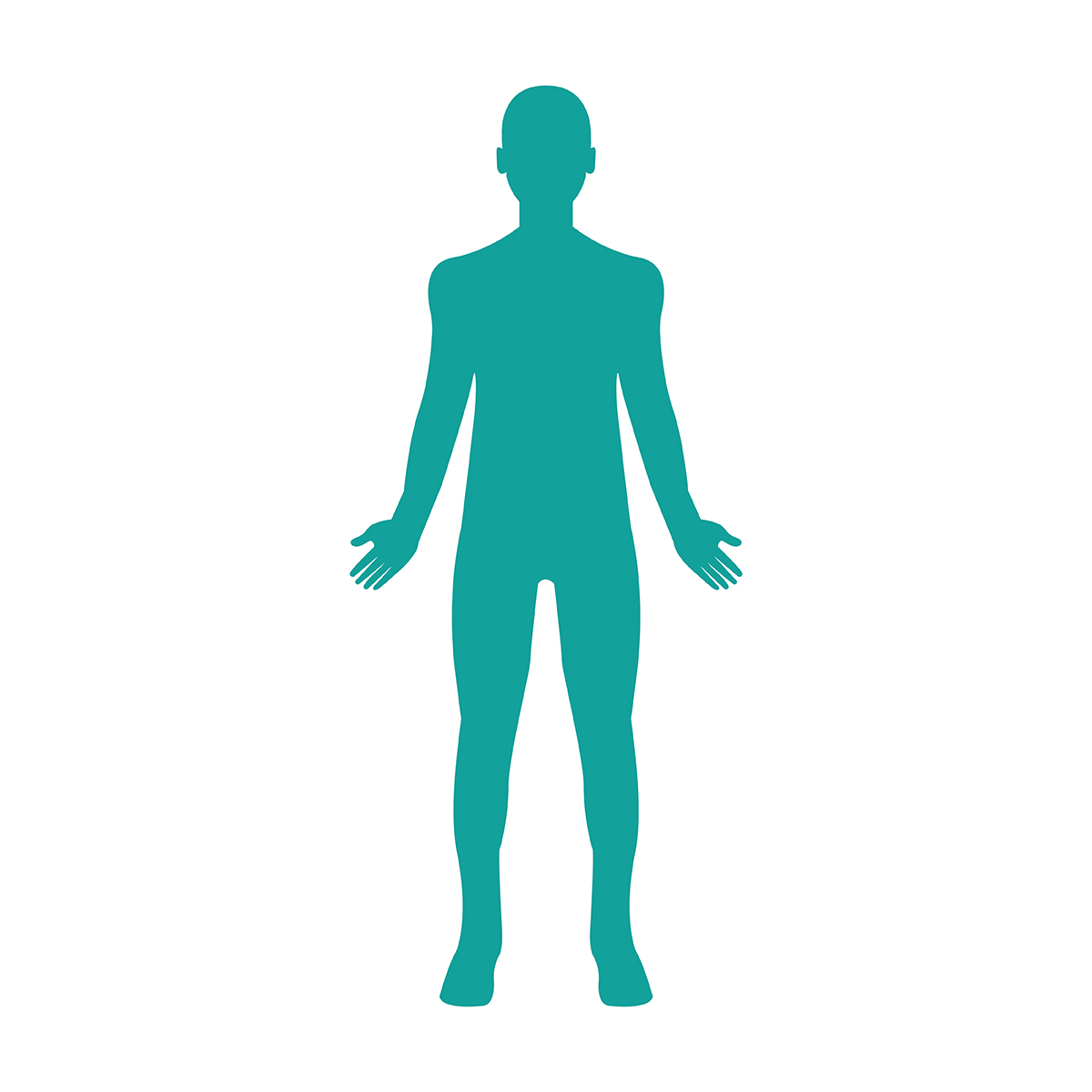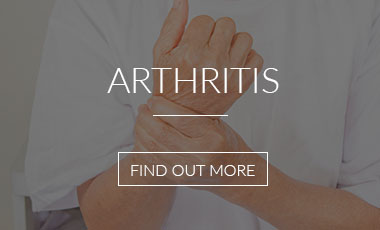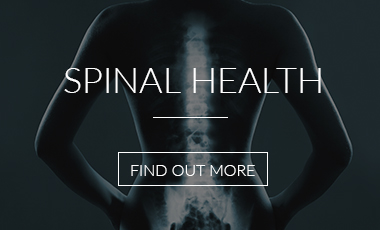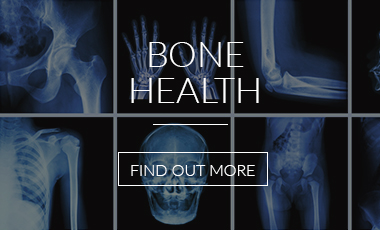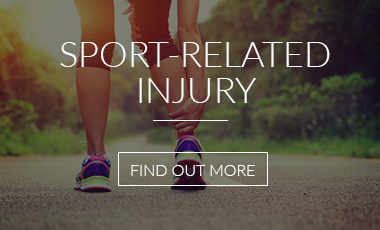The knee is a hinge joint, situated between the thigh bone (femur) and shin bones (tibia and fibula).
The end of the femur rests in the shallow cup of the tibia, cushioned by a thick layer of cartilage. At the front of the knee joint, the kneecap or patella sits in a groove at the lower end of the femur. The joint is further bolstered on each side by additional cartilages, which sit in between the knee joint. The bones are held in place by tough bands of connective tissue called ligaments. The entire joint is enclosed inside a tough capsule lined with a membrane and filled with lubricating synovial fluid. Extra capsules of fluid, known as bursae, offer extra cushioning. Contraction of the muscles on the front of the thigh (quadriceps) straightens the leg, while contraction of the muscles on the back of the thigh (the hamstrings) allows the leg to bend at the knee.
Acute knee injuries
First aid for acute knee injuries in the first 48 to 72 hours
- Stop your activity immediately, rather than ‘work through’ the pain
- Rest the joint whenever possible
- Reduce pain, swelling and internal bleeding with ice packs, applied for 15 minutes every couple of hours
- Elevate the injured leg
- Don’t apply heat to the joint
- Don’t massage the joint, as this encourages bleeding and swelling
Professional help
If you suffer any of the following then you should seek help early:
- You cannot weight bear on the affected limb
- Your knee becomes swollen in the first few hours after injury
- Your leg repeatedly gives way beneath you
- You hear a pop or a snap at the time of injury
- Your leg looks deformed – you may have dislocated your kneecap or sustained a fracture
- Your leg is locked in a bent position and you cannot release it
- Your leg becomes swollen and your foot becomes cold and blue
- Persistent knee pain, locking swelling loss of normal range of motion or instability needs professional help. Prompt medical attention for any knee injury increases the chances of a full recovery
Patellofemoral Pain
Although it is commonly thought that most knee pain comes from the ‘proper’ knee joint – i.e. the joint between the thigh bone and the tibia, this is not true. The second knee joint – the kneecap or patellofemoral joint – is the joint between the kneecap and the thigh bone and it is the commonest source of pain around the knee.
The two main reasons that pain arises from this site are arthritis and patellofemoral pain syndrome, which is pain behind or around the kneecap (patella), resulting from physical and biochemical changes in the kneecap (patellofemoral) joint.
Although you may hear it also called ‘chondromalacia’, this is not the case. ‘Chondromalacia’ is actual fraying and damage to the underlying patellar cartilage.
People with patellofemoral pain syndrome have anterior knee pain that typically occurs with activity and often worsens when they are descending steps or hills, or after prolonged sitting. One or both knees can be affected.
NOTE that much of what is said here about patellofemoral pain syndrome also applies to osteoarthritis behind the kneecap.
Click here for further information and some initial exercises to try.
Patellofemoral Tendon Injuries
The patella tendon is typically injured at its proximal part on the deep surface. It is usually an overload injury in sports that involve jumping or high impact. Causes include poor core control, adverse biomechanics and movement patterns, extra body weight, poor conditioning, and excessive loading.
Clinical evaluation and diagnostic imaging allows the severity of the injury to be determined and this in turn strongly influences the interventions chosen. Diagnostic ultrasound is particularly important. MRI can also be helpful in examining the surrounding anatomy further.
Rehabilitation always is indicated, but must be customized to the individual and their initial responses to specific types of loading.
Other interventions may be indicated, including medications shock wave therapy and injections.
Osgood Schlatters ‘disease’ is a different type of injury to the patella tendon, occurring in children and adolescents. It is a problem at the distal end of the tendon as it attaches at the bone. It is actually an apophysitis, which means it is an injury of the bone rather than principally of the tendon.
A similar injury in this age group at the top of the tendon where it attaches to the knee cap can also occur. Rehabilitation and relative rest are important.
Patellofemoral Fat Pad Injuries
A large chunk of fat sits below the knee cap and helps to shock absorb and cushion against the knee cap in loading. It is supplied by many pain fibres and can become bruised and painful in running and kicking sports or after direct trauma.
Often this will settle with stretching and the RICE regime but sometimes injections are helpful.·
Ligament Injuries
The joint is held together by tough bands of connective tissue called ligaments. These are the medial (inner), lateral (outer), and cruciate (deep). Sudden twists or excessive force on the knee joint, or in some cases repeated microtrauma, can stretch ligaments beyond their capacity. Torn cruciate ligaments bleed into the knee, and typically cause swelling, pain and joint laxity. The anterior cruciate ligament (ACL) situated in the centre of the joint is the knee ligament most commonly injured. A ruptured ACL does not heal by itself and generally requires reconstructive surgery, although it does depend upon your circumstances. Sprained or torn medial (common) or lateral (less common) ligaments cause pain and variable swelling and a feeling of instability.
Tendon Injuries
Muscles are anchored to the joints with tendons. A common cause of knee pain is tendon injury. This can occur at any site and if not diagnosed and managed early can result in chronic pain and disability.
Cartilage Tears
The knee joint is bolstered on both sides by additional strips of cartilage, called ‘menisci’ or semilunar cartilages. One of the most common knee injuries is a torn or split meniscus. Severe impact or twisting, especially during weight bearing exercise, can tear this cartilage. Tears of the meniscus can also occur in older people due to wear and tear. Symptoms include swelling, pain and the inability to straighten the leg.



